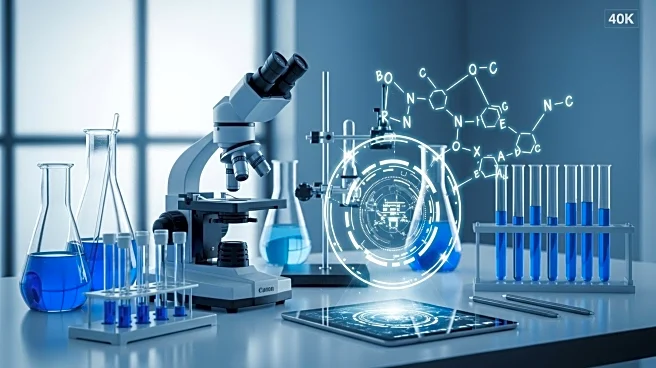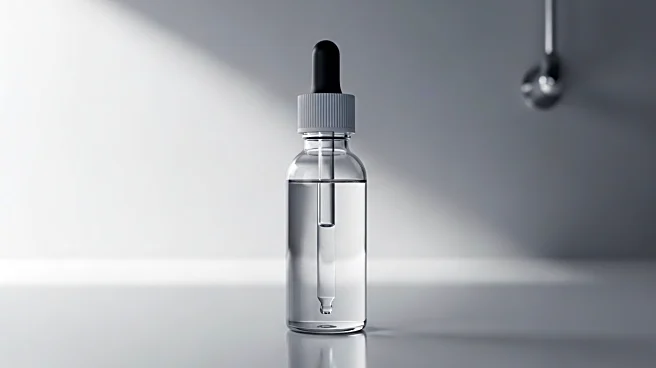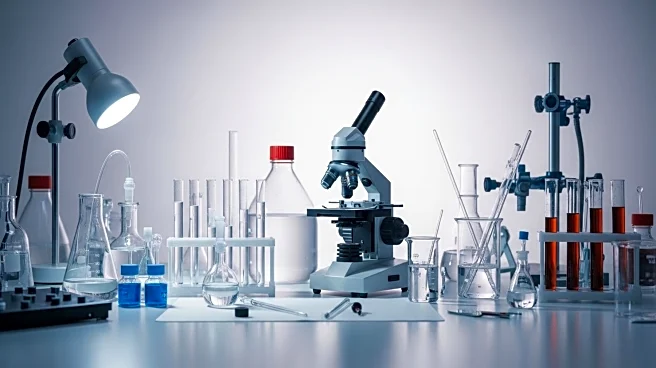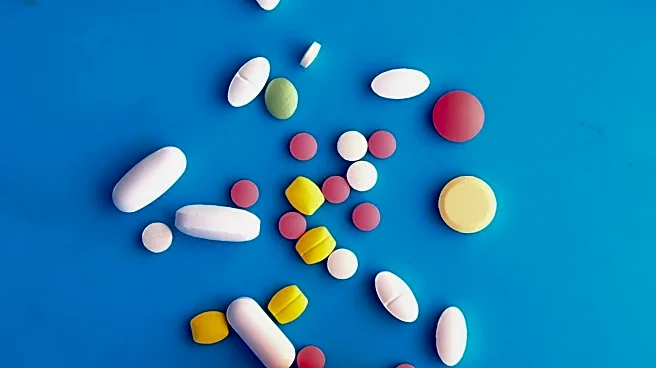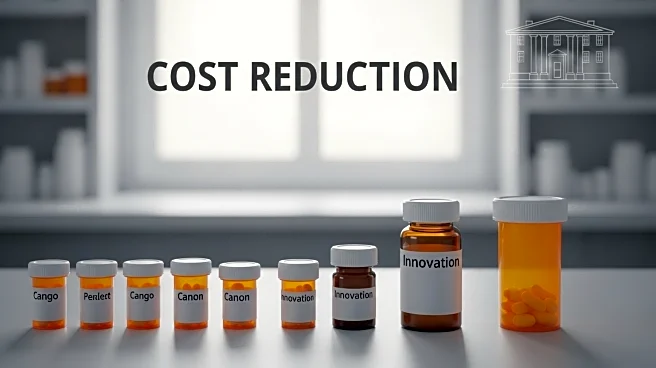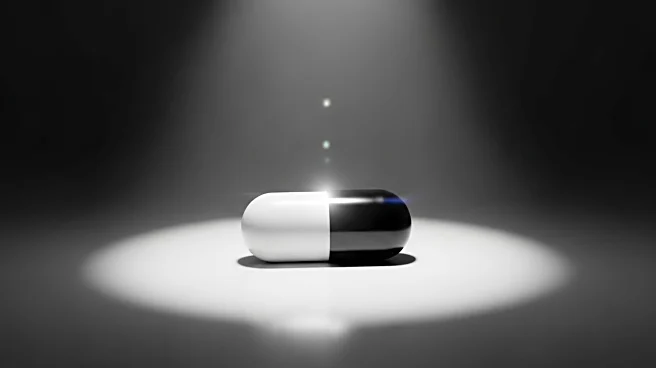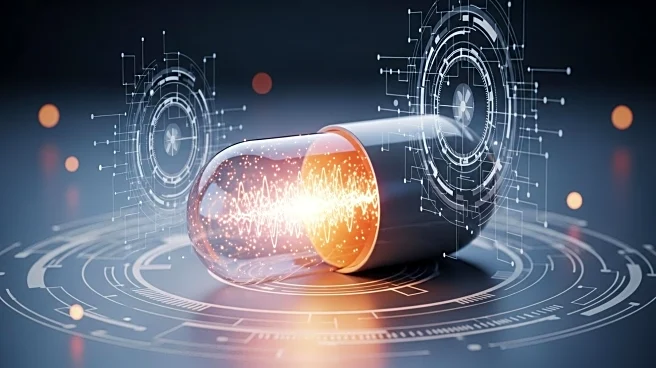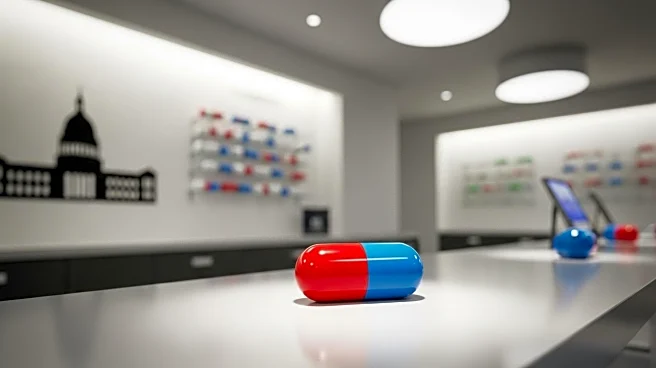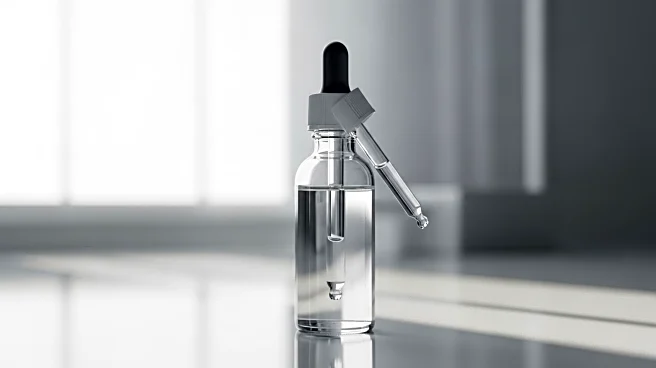What is the story about?
What's Happening?
Researchers at the University of Maine Forest Bioproducts Research Institute have discovered a sustainable method to produce (S)-3-hydroxy-γ-butyrolactone (HBL), a key ingredient in many pharmaceuticals, from glucose. This breakthrough could significantly reduce the cost of production for chiral drugs, which are typically expensive due to complex synthesis processes. The new method utilizes lignocellulosic feedstock, such as wood chips, to produce HBL, offering a more cost-effective and environmentally friendly alternative to traditional petrochemical-based methods.
Why It's Important?
The development of a sustainable method to produce HBL could lead to lower prescription drug prices, addressing a major concern in the U.S. healthcare system. By reducing production costs by over 60% and minimizing greenhouse gas emissions, this approach aligns with broader efforts to make pharmaceuticals more affordable and environmentally sustainable. The potential to produce other valuable chemicals and plastics from this process also presents economic opportunities, potentially benefiting both consumers and the pharmaceutical industry.
Beyond the Headlines
This innovation highlights the growing importance of sustainable practices in the pharmaceutical industry. The use of renewable resources for drug production not only addresses cost issues but also contributes to environmental conservation. The collaboration between academic institutions and government agencies underscores the role of interdisciplinary research in driving technological advancements that can have wide-reaching impacts on public health and the economy.
AI Generated Content
Do you find this article useful?
